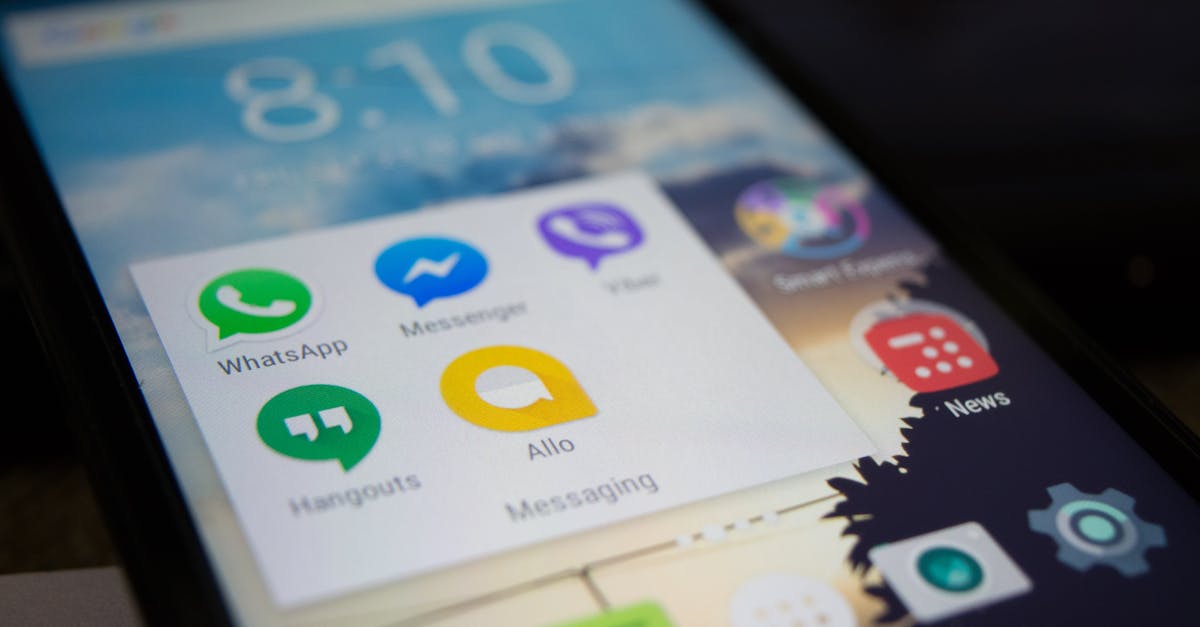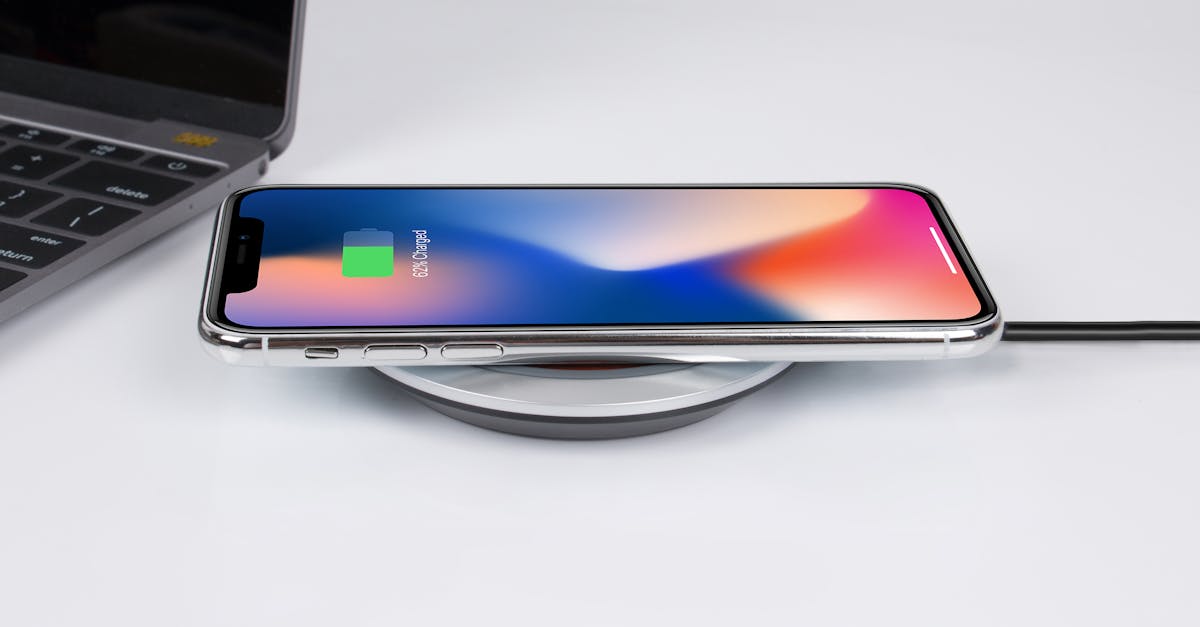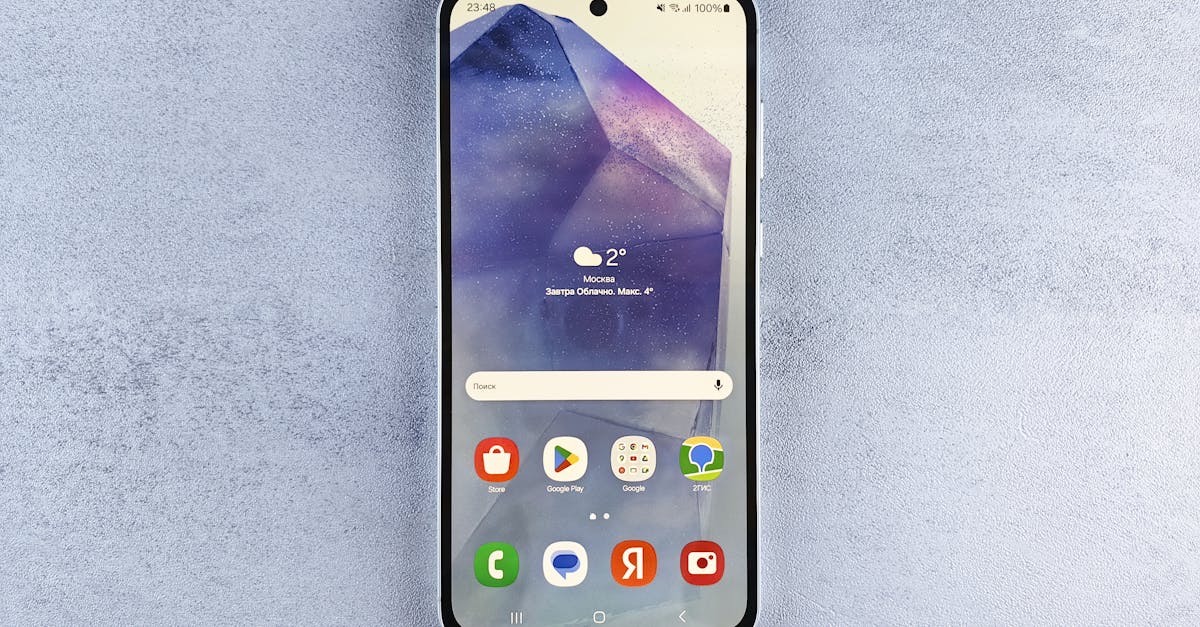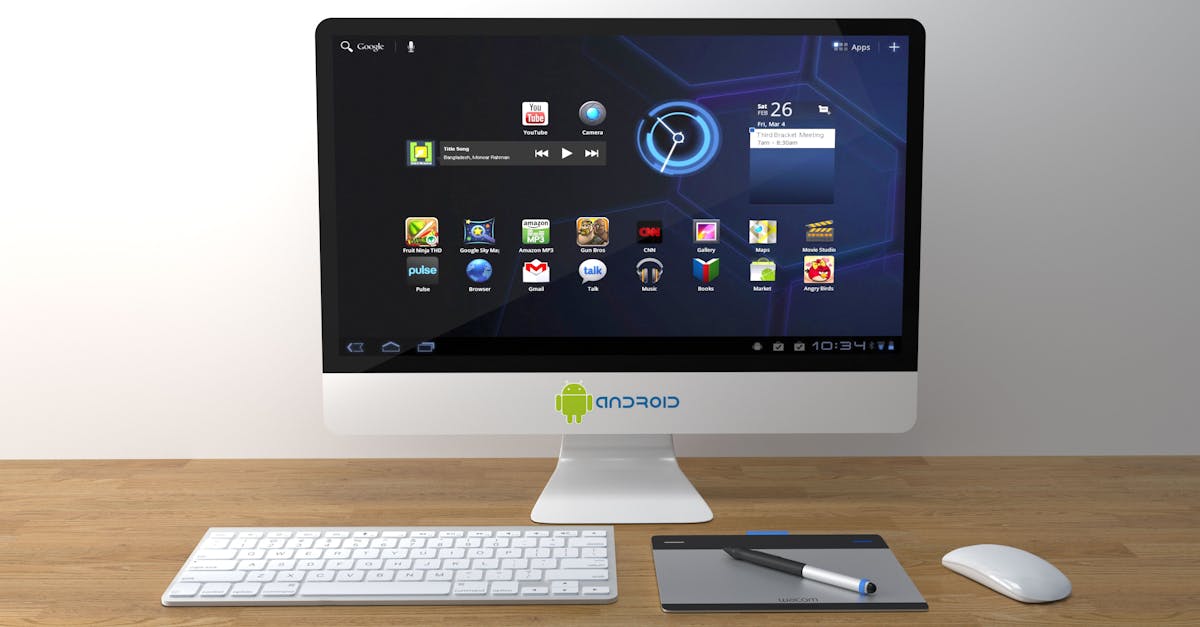The Future Of Foldable Phones Innovations And Challenges
Introduction
Foldable phones have become a fascinating transition in mobile technology, capturing the interest of tech enthusiasts worldwide. With their unique form factors, these devices promise an evolution in user interaction, offering a blend of portability and expanded display options. This article delves into the innovations and challenges that stand at the forefront of foldable phone development.
Advertisement
Technological Innovations
Technological advancements in foldable phones are spearheaded by significant innovations in display technology. Flexible Organic Light Emitting Diode (OLED) screens form the core of these devices, allowing them to bend and fold without damage. This flexibility is not just a novelty but a groundbreaking innovation that opens new avenues for user interface design and application usage.
Advertisement
Materials And Durability
One of the primary challenges for foldable phones is ensuring durability. The materials used not only must be bendable but also resistant to scratches and wear. Manufacturers are experimenting with innovative composite materials and advanced polymers that maintain integrity over prolonged usage, boding well for the future reliability of these devices.
Advertisement
UI And UX Transformations
Foldable phones necessitate a revolution in user interface (UI) and user experience (UX) design. The ability to switch smoothly between multiple form factors—phone, tablet, and tent—demands dynamic interfaces that adapt responsively. App developers are challenged to rethink traditional layouts, optimizing them for this unique fluidity.
Advertisement
Multi-tasking And Productivity
The expanded screen real estate of foldable phones presents new opportunities for enhanced multitasking and productivity. Users can simultaneously view multiple applications or documents, transforming the way tasks are handled on mobile devices. This functionality aims to merge the gap between mobile and desktop use, promising a seamless integration of work and leisure activities.
Advertisement
Market Adoption And Costs
The steep price tags of foldable phones remain a significant barrier to widespread adoption. While early adopters are willing to pay a premium for innovation, mass market acceptance hinges on the reduction of manufacturing costs. As technology improves and economies of scale are achieved, it is expected that foldable phones will become more accessible to general consumers.
Advertisement
Foldable Phones And 5G
The advent of 5G technology dovetails harmoniously with the rise of foldable phones. Robust improvement in wireless network speed and reliability enables these devices to handle more complex processes and provide an enhanced user experience. Together, 5G and foldability are anticipated to set a new benchmark in mobile connectivity and performance.
Advertisement
Sustainability Concerns
Sustainability in foldable phones is an ongoing consideration, with manufacturers striving to minimize environmental impact. The design phase incorporates eco-friendly materials and better recyclability processes. These efforts aim to address growing ecological concerns as tech companies endeavor to promote sustainable innovations.
Advertisement
Future Prospects
Looking forward, the potential for foldable phones appears boundless. Concepts such as seamless integration with augmented reality (AR) and virtual reality (VR) environments, as well as rollable and stretchable phones, hold promise. Continued investment in research and development will likely unveil further unexpected and exciting directions for this innovative technology.
Advertisement
Conclusion
In conclusion, foldable phones are redefining the landscape of mobile technology. Despite their challenges, significant innovations in durability, UI design, and integration with 5G signal a promising future. As technologies evolve, foldable phones are poised to become a mainstay in everyday communication, merging functionality with futuristic design.
Advertisement








